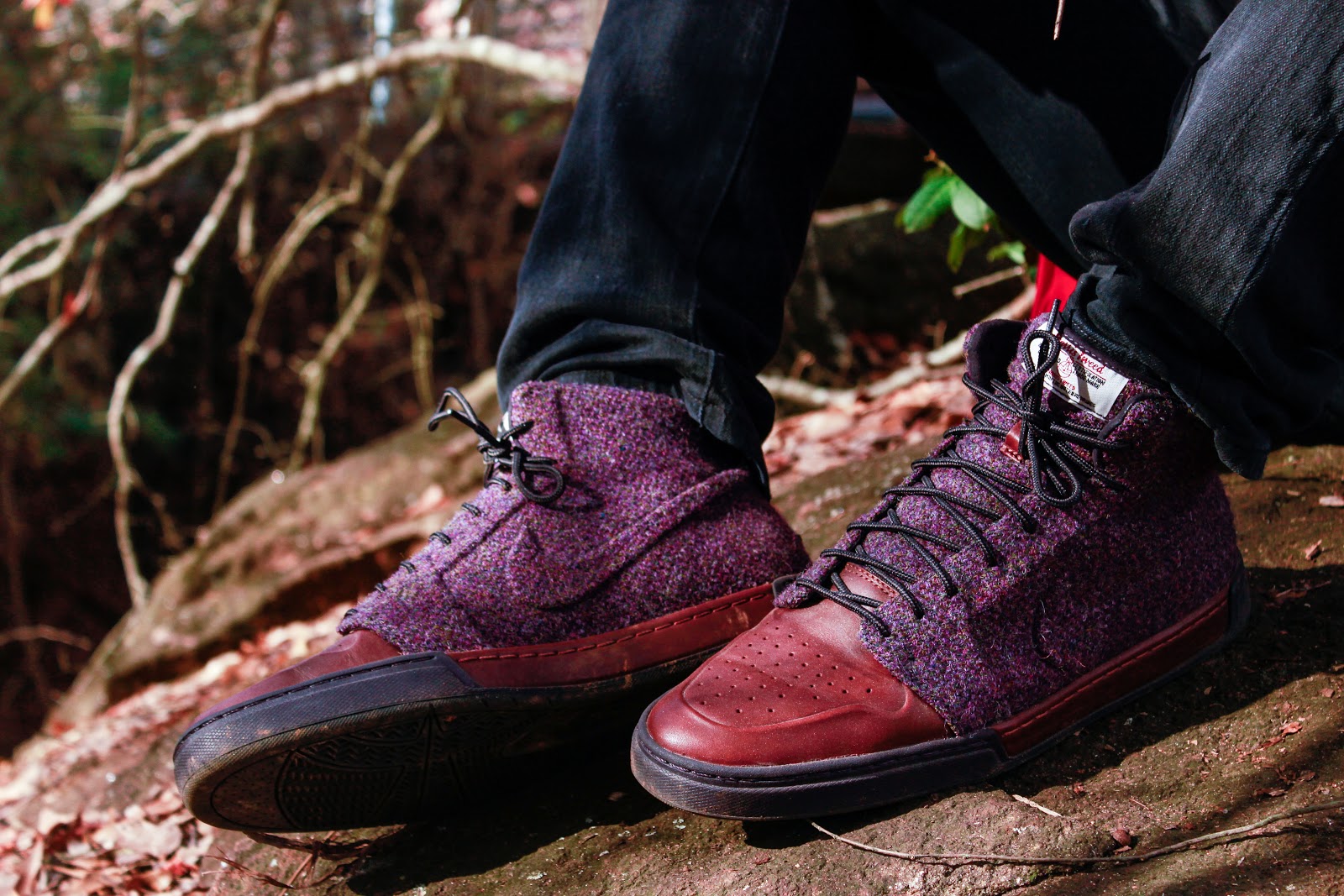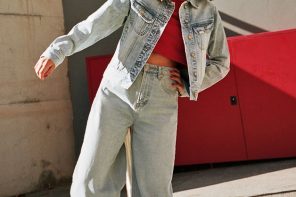With not so humble beginnings as a royal, aristocratic cloth, tweed has for its entire lifetime been synonymous with style and elegance. Over time it has been relegated to older customers and labelled a style for nanas, but fashion has done what it is well known for and revived a trend that was practically dead.
While tweed still holds its Victorian roots, designers have taken a modern spin on a timeless classic, pairing traditional fabric swatches with contemporary silhouettes, incorporating tweed into the accessory and footwear markets.
It is impossible to talk about tweed without mentioning the international influence of Coco Chanel, who transformed the fabric from a utilitarian menswear choice to a global hit with women. Timed with the shift in gender roles during the Second World War, the tweed suit for woman became representative of both style and functionality; a period where women were expected to both work, and keep the home fire burning.
In an almost rollercoaster action, tweed then went from upper class to a symbol of the punk revolution with the introduction of Vivienne Westwood’s Harris Tweed. Introduced in 1987, the Harris Tweed went on to become the face of the British Punk movement until its eventual end to which it became associated with academics and old-timers. Tweed flooded op-shops and vintage stores, now a symbol of history rather than a current style.
The Tweed Run, launched in 2009, saw a revival of tweed and a remembrance of its rich history. Held in cities worldwide, the run fills streets with neo-Victorian tweed fashion, bloomers and jackets. The effects are seen today with new tweed products filling the market in more variety than ever before.
As part of its Made In England range, Doc Marten produced a Harris Tweed boot that references its punk history and English heritage. Nike also featured Harris Tweed in a range of its footwear, marking the first time tweed hit the contemporary sportswear market. Furthermore, American sneaker retailer, Greats, released its own tweed range for 2015, extending the casual use of tweed further.
“When people purchase Harris Tweed, they feel it transcends generations,” said Howie Nicholsby, kiltmaker, 21st Century Kilts.
It’s for this reason high fashion labels have paid homage to the rich history of the fabric, with designers including Dolce & Gabanna, Paul Smith, Ralph Lauren and Prada all showcasing tweed in their recent collections.
The popularity has real world effects, with eight new English wool mills opening in the last ten years, and wool sales rocketing in the UK from £5 million in 1985 to £50 million in 2012.
Moving forward, tweed can be seen in dresses, soft tailored coats, bags and footwear – a far cry from the traditional suit it is so well known for.






